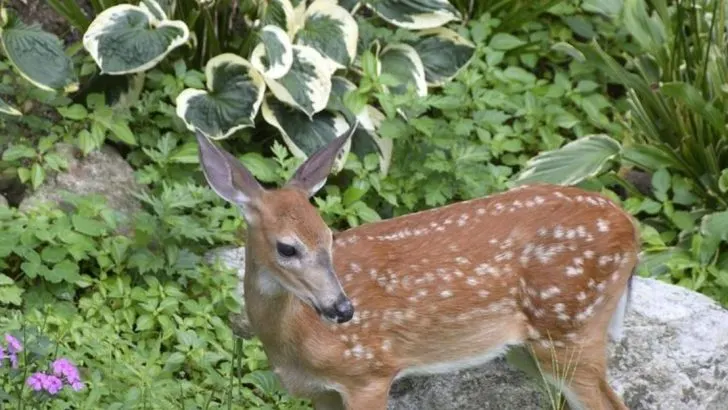“Deer-resistant” is often just code for “deer snack—coming soon.” You plant them with hope. You believe the label. Then one morning, your flower bed looks like a midnight buffet just ended—and the deer left zero tips. It’s a cruel joke nature plays. You try to outsmart the local herd, and they laugh in hoof prints. Some plants promise protection and deliver heartbreak. It’s time to stop planting the duds and start choosing greenery that actually stands a chance. No more trial and error. No more chewed stems and crushed dreams. These plants mean business—and the deer know it.
Hostas
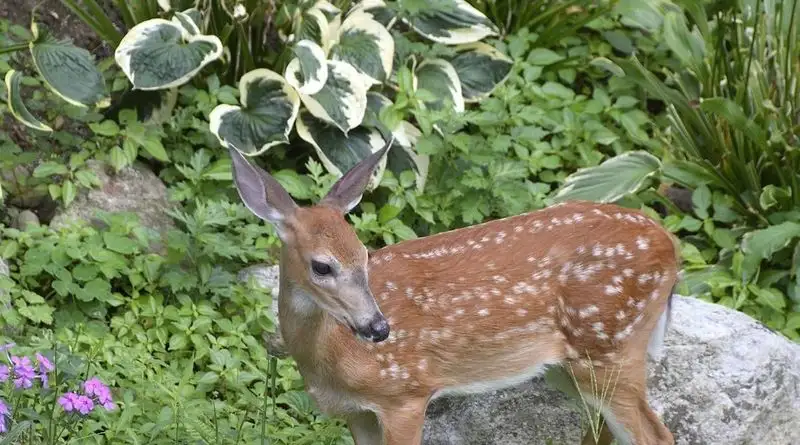
Hostas, with their broad, lush leaves, are often touted as deer-resistant. However, many gardeners find their hostas decimated overnight. Despite their initial appeal, hostas seem irresistible to deer, making them a risky choice for gardens in areas with high deer populations.
Their susceptibility to deer damage often leaves gardeners frustrated, as these plants are left as mere stems in the wake of a nighttime visit. Hostas are best avoided if you’re seeking true deer resistance.
Consider more resilient alternatives that can withstand the persistent appetite of local wildlife.
Daylilies
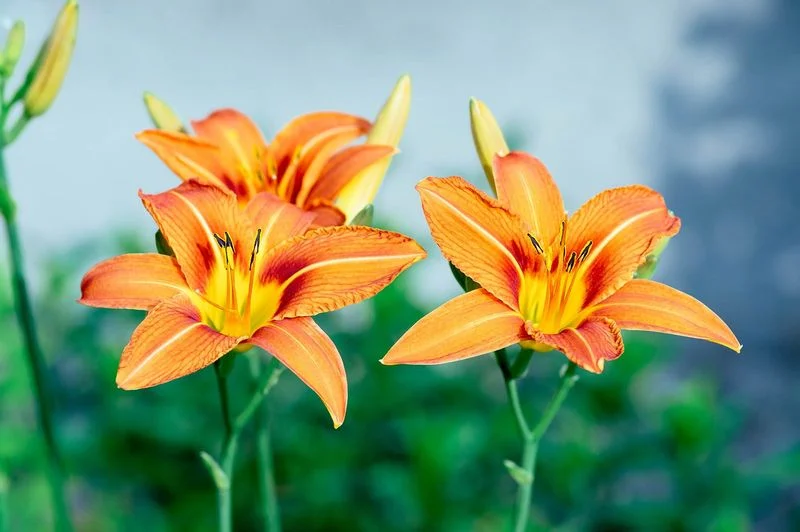
Daylilies bring vibrant color to gardens, but these perennials are a tempting treat for deer. Gardeners frequently report their daylilies being chomped down to nubs.
While they may resist certain pests, deer seem to relish their tender shoots and blossoms. This frequent damage can disrupt the beauty and growth cycle of your daylilies.
For those battling deer, replacing daylilies with truly deer-resistant plants can save both time and effort in maintaining an attractive garden.
Tulips
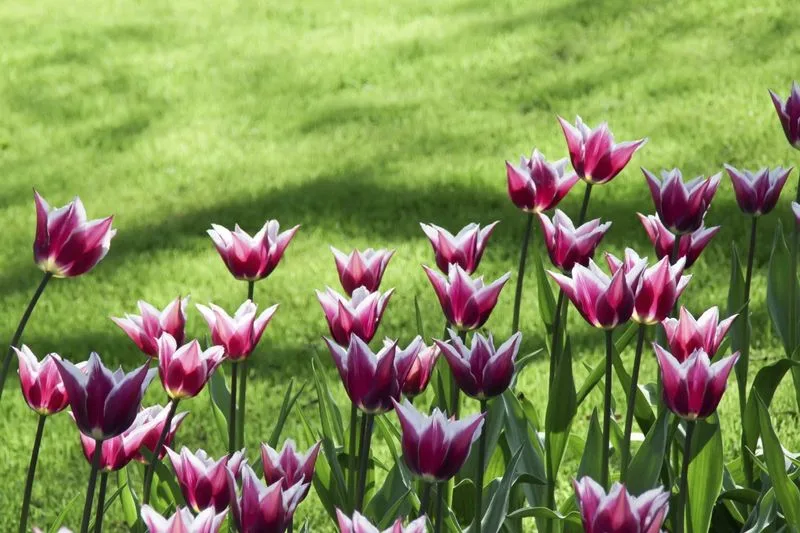
Tulips, with their elegant blooms, are a springtime favorite. Yet, they serve as an irresistible feast for deer. These animals are often drawn to the vibrant colors and tender petals of tulips.
Gardeners commonly find their tulips munched away just as they begin to bloom. Instead of a sea of color, they are left with barren stems.
Choosing more deer-resistant flowers can prevent such heartache and protect your garden from these hungry intruders.
Rhododendrons
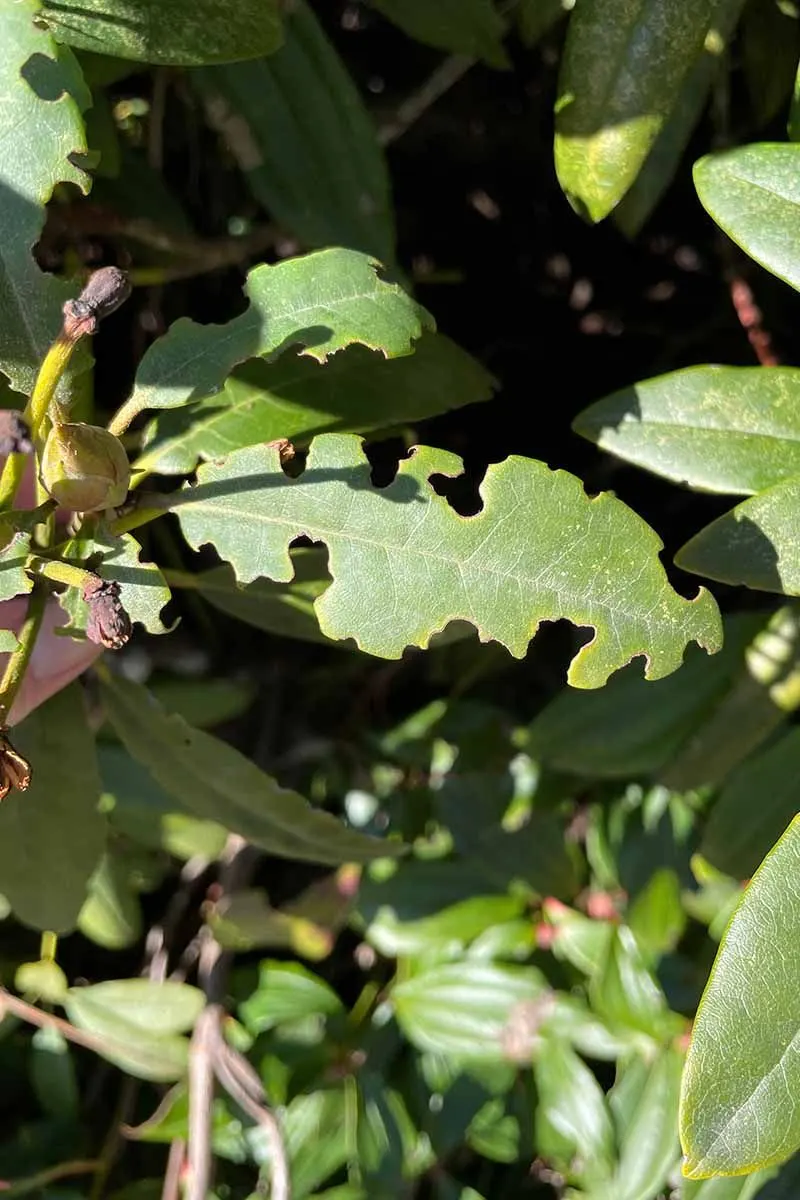
Rhododendrons offer beautiful blooms and evergreen foliage, making them a garden staple. Unfortunately, their leathery leaves are not off-putting to deer.
In fact, these shrubs often fall victim to deer, especially in harsh winters when food is scarce. This can leave rhododendrons looking sparse and damaged, detracting from their aesthetic appeal.
Gardeners may want to opt for alternatives that can withstand deer browsing and still provide the desired lushness and color.
Yews
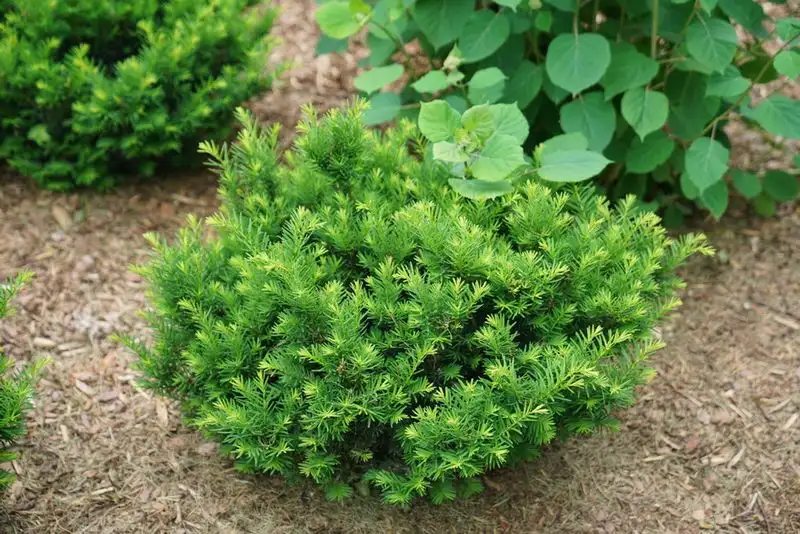
Yews are a common choice for hedges and borders due to their dense, evergreen foliage. However, despite their somewhat toxic nature, deer frequently nibble on yews when other food sources are limited.
This can result in patchy growth and unsightly gaps in your hedges, undermining their intended purpose.
To maintain a full and healthy hedge, consider using truly deer-resistant plants that will not be targeted by these persistent grazers.
Azaleas
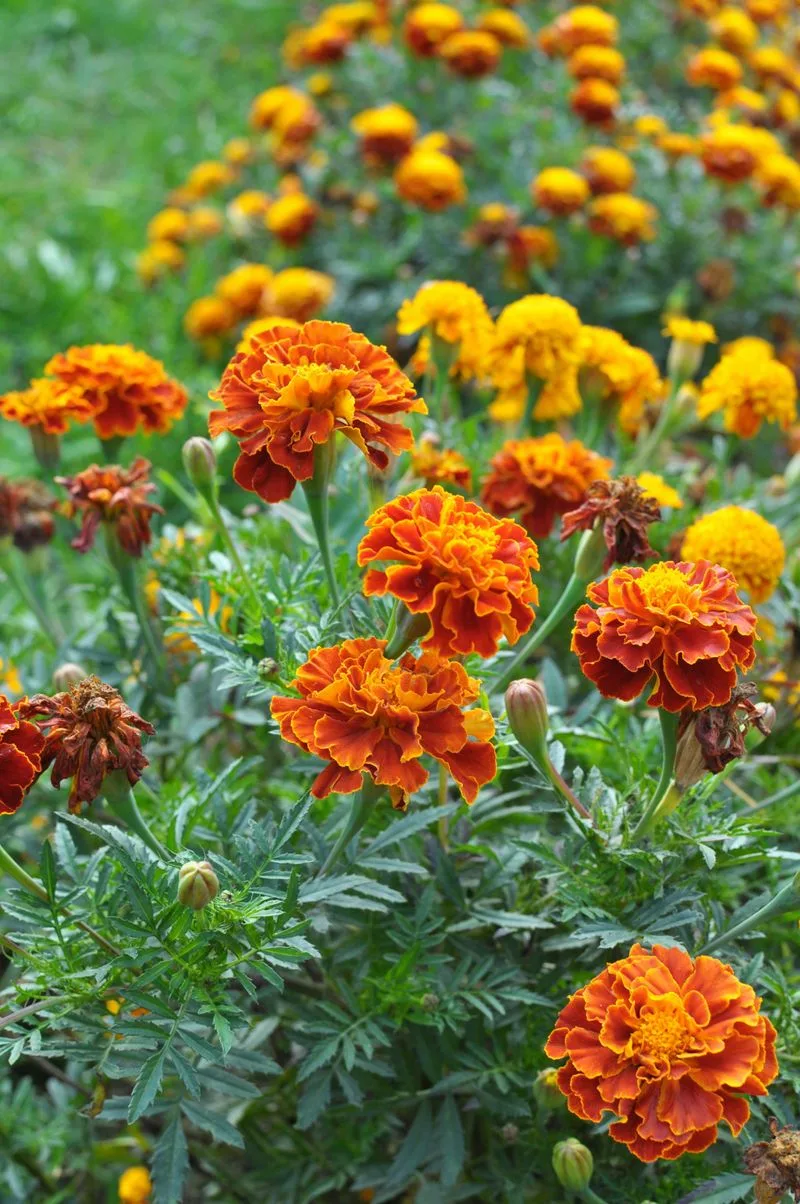
Azaleas brighten gardens with their vibrant blooms but are unfortunately not as deer-resistant as often claimed. These colorful shrubs can quickly become deer favorites.
In areas with high deer populations, azaleas often suffer from significant foliage and flower damage. This can mar their appearance and reduce their flowering potential.
Gardeners are encouraged to explore more resilient alternatives to maintain an attractive, deer-resistant landscape.
Hydrangeas
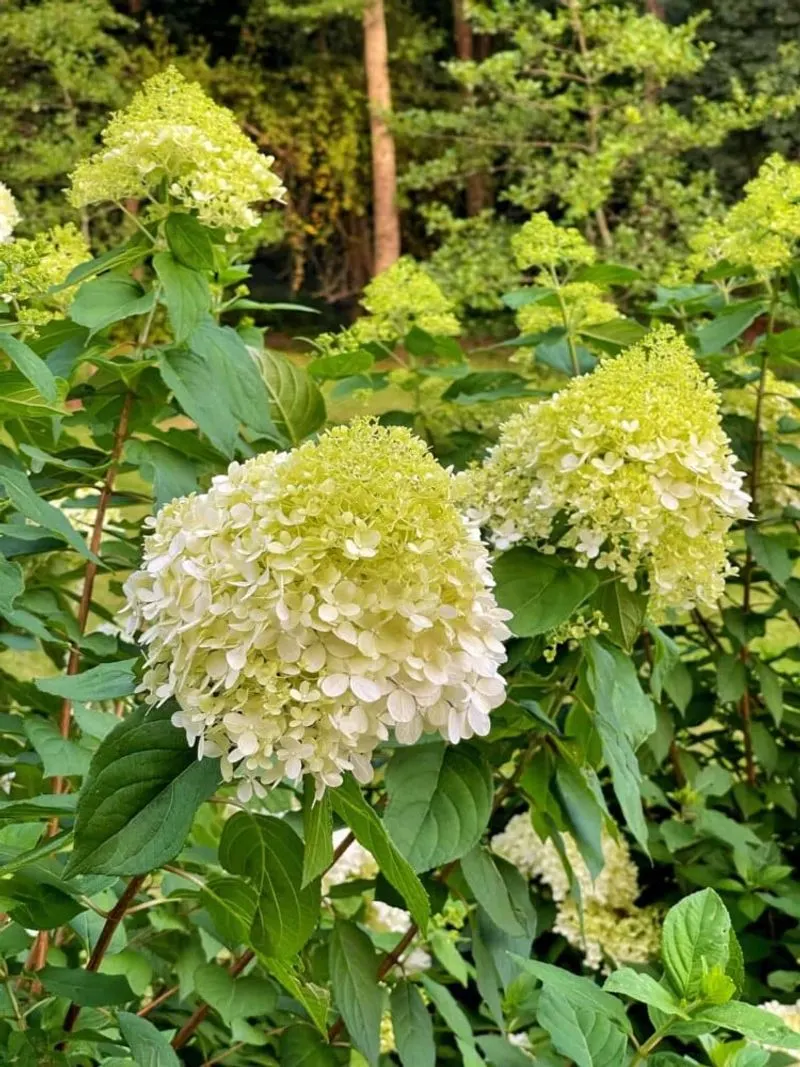
Hydrangeas are beloved for their large, showy flowers and lush greenery. Yet, these are a common target for deer, who are attracted to their tender leaves and blooms.
Damage from deer can result in uneven growth and fewer blossoms, disappointing gardeners expecting a full, flourishing display.
Those seeking a more reliable option should consider plants that can truly stand up to deer and provide consistent beauty in the garden.
Lavender
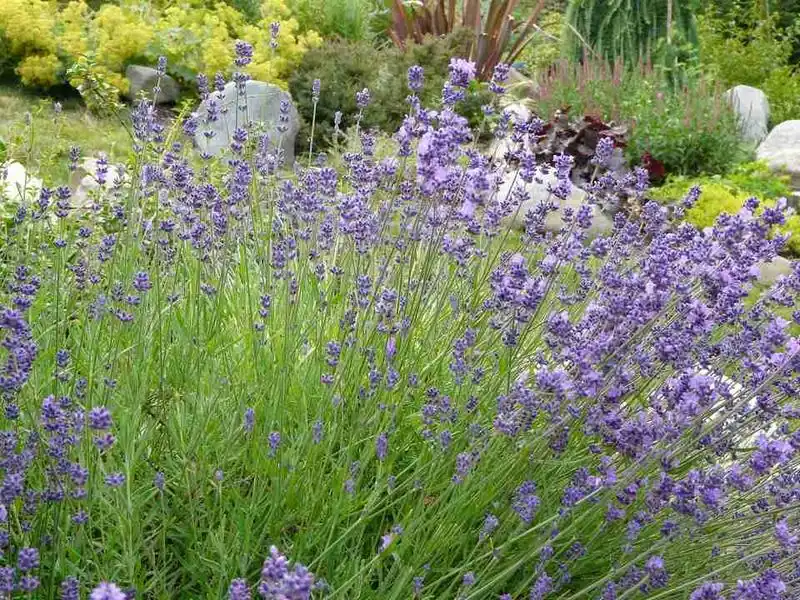
Replacing vulnerable plants with lavender could transform your garden experience. Lavender’s strong aroma and taste make it unappealing to deer.
These resilient perennials not only add beauty and fragrance but also serve as a natural deterrent to deer. Moreover, they require little maintenance, thriving in sunny locations with well-drained soil.
This plant is an excellent choice for gardeners seeking both functionality and aesthetics in their deer-resistant plantings.
Rosemary
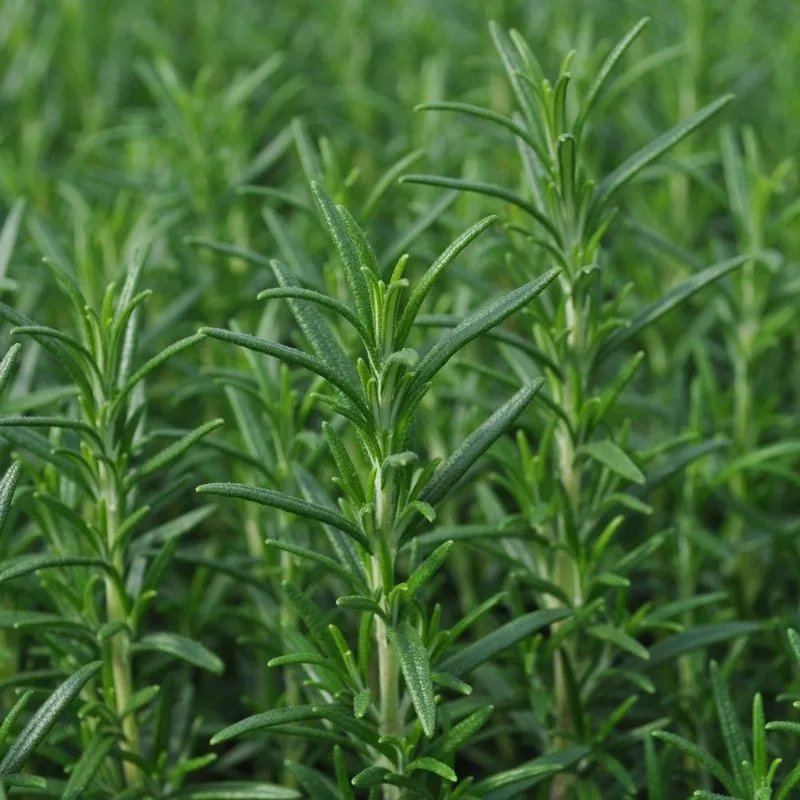
Rosemary is not just for culinary use; it’s a practical choice for deer-resistant gardening. Its aromatic and tough leaves are usually avoided by deer.
Rosemary’s evergreen nature ensures your garden remains lively year-round. Additionally, its low water requirement and versatility make it suitable for various garden styles.
By choosing rosemary, gardeners can enjoy a robust, fragrant plant that deer are unlikely to devour, providing peace of mind and beauty.
Catmint
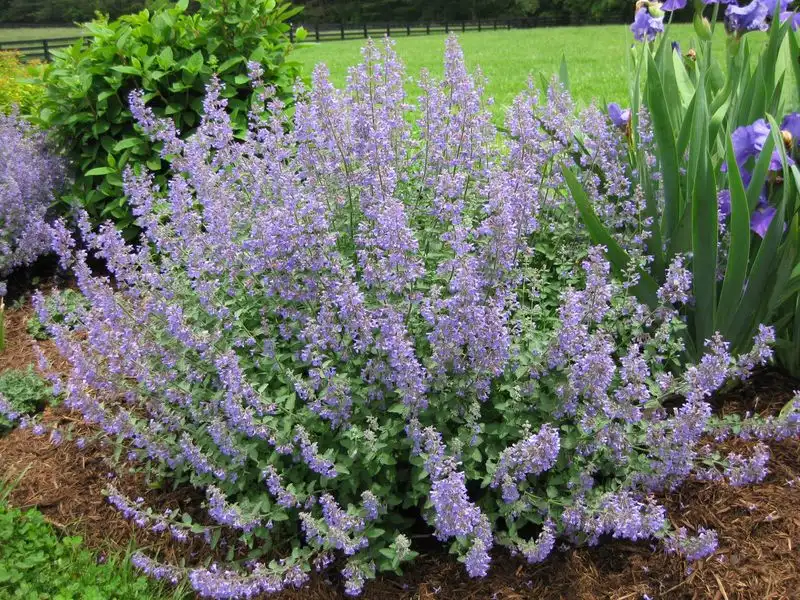
Catmint combines beauty with resilience, making it an ideal candidate for deer-prone areas. Its fragrant foliage and delicate flowers are typically ignored by deer.
This hardy perennial is known for its drought tolerance and ability to attract pollinators while repelling unwelcome deer visitors.
Incorporating catmint into your landscape can enhance both its visual appeal and its resistance to deer damage, creating a more sustainable garden environment.
Russian Sage
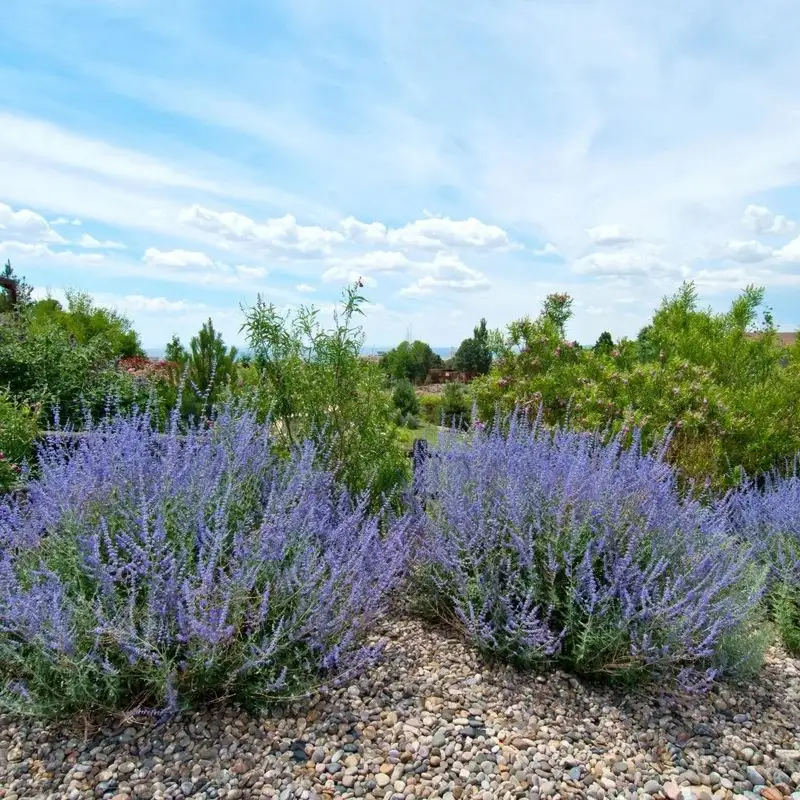
Russian sage stands out with its striking silvery leaves and lavender-blue flowers. Its aromatic foliage is a deterrent to deer, making it a wise choice for vulnerable gardens.
This hardy plant thrives in sunny, well-drained areas and is drought-resistant, providing both beauty and practicality.
Choosing Russian sage not only adds a touch of elegance to your garden but also offers a reliable option to keep deer at a distance.
Echinacea
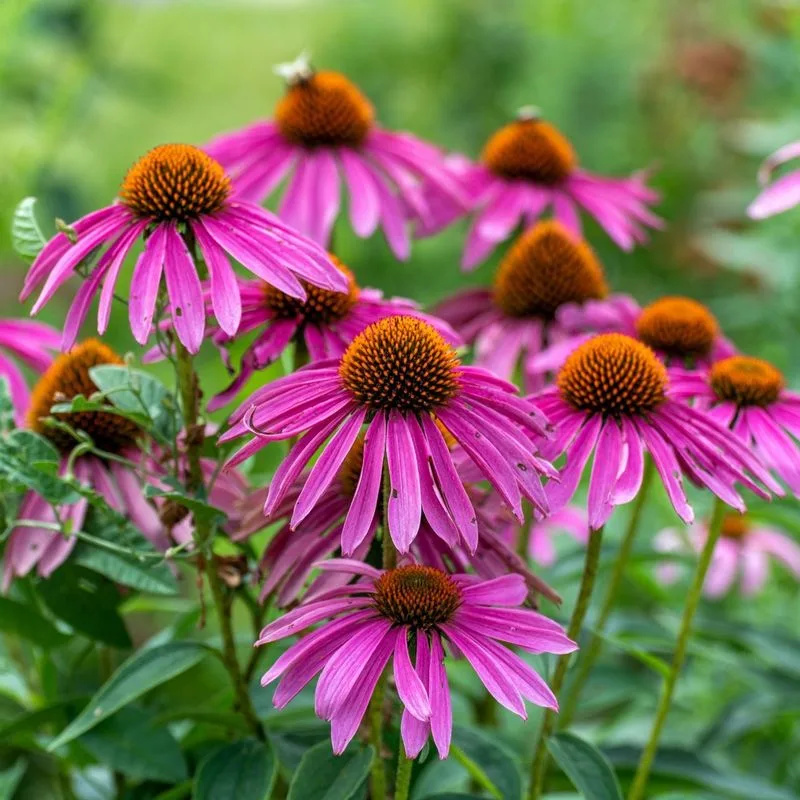
Echinacea, known for its daisy-like flowers, attracts pollinators and deters deer with its spiky seed heads and robust nature.
This perennial is appreciated for its hardiness, thriving in a variety of conditions and requiring minimal care.
By including echinacea in your garden, you can enjoy a burst of color and a plant that stands resilient in the face of deer, ensuring a vibrant and enduring display.
Bee Balm
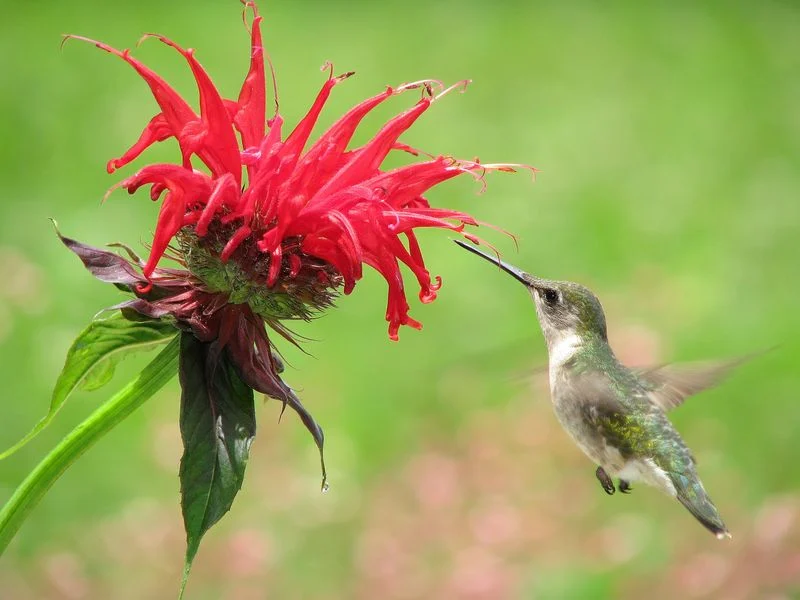
Bee balm, with its striking flowers and citrusy aroma, is rarely bothered by deer. This perennial not only adds color to gardens but also attracts beneficial insects and hummingbirds.
Its robust growth and unique scent create a natural barrier against deer, offering a dynamic and resilient garden choice.
Integrating bee balm into your landscape can enhance its vibrancy and provide a more deer-resistant environment for your plants.
Salvia
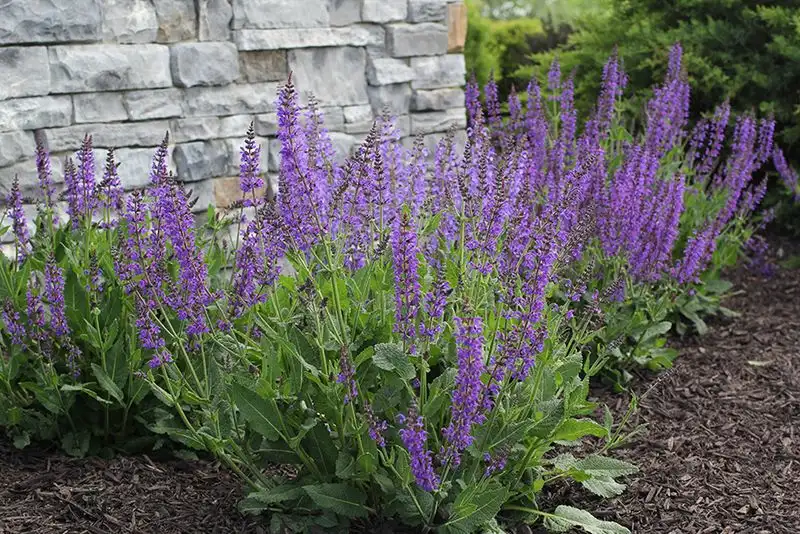
Salvia’s aromatic foliage and vivid flowers make it an attractive yet deer-resistant option for gardeners. Deer typically avoid this plant, allowing it to flourish unhindered.
In addition to its natural resilience, salvia is drought-tolerant and attracts pollinators, enhancing the ecological value of your garden.
By choosing salvia, you can foster a lively and sustainable environment while minimizing the risk of deer-related damage.
Allium
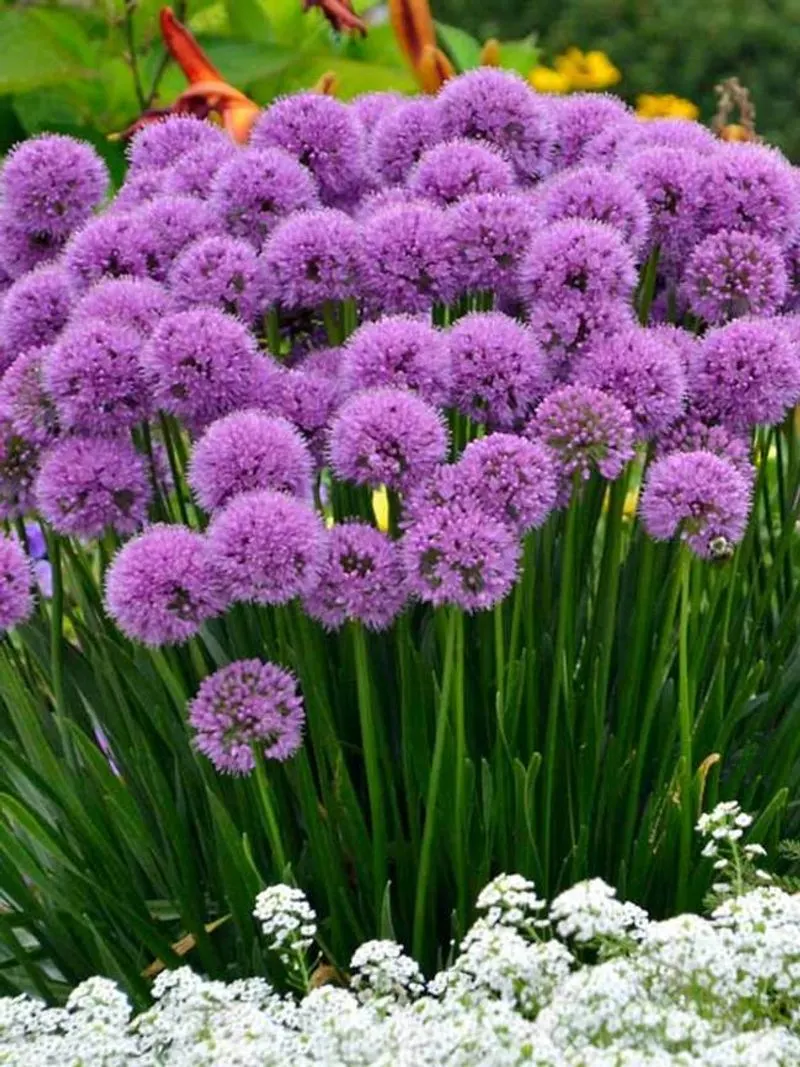
Allium’s unique globe-shaped flowers and strong onion-like scent serve as a natural deterrent to deer. This makes it a smart choice for gardens prone to deer visits.
The plant’s tall stalks and vivid colors provide visual interest, while its resilience ensures it remains a staple in your garden year after year.
By planting allium, gardeners can enjoy both its striking beauty and its ability to ward off unwanted deer visitors.
Boxwood
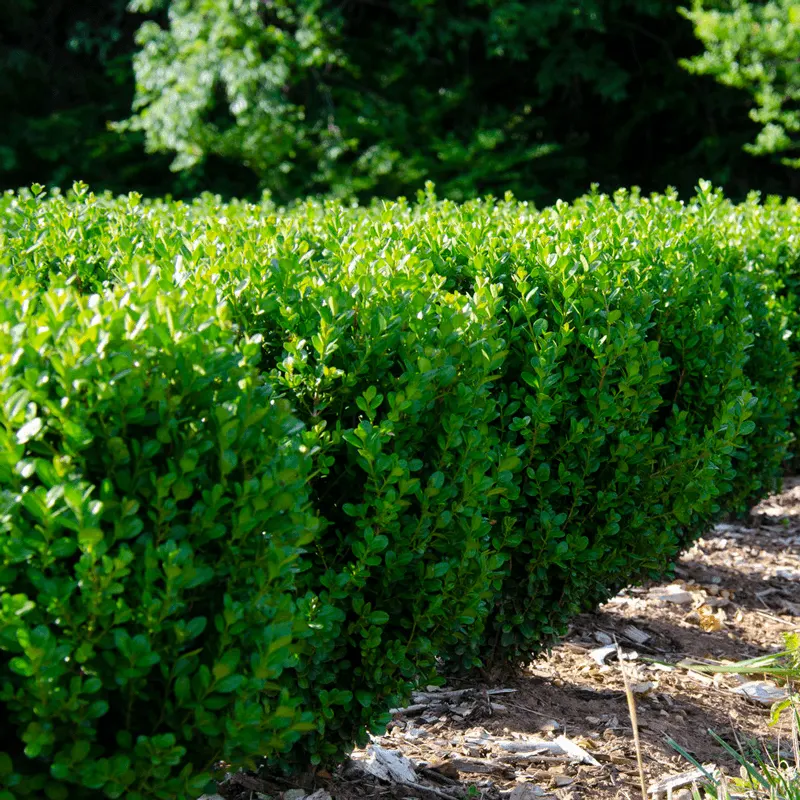
Boxwood, with its dense and evergreen foliage, is a classic choice for hedges and topiary. Its bitter taste typically deters deer from feasting on it.
Gardeners value boxwood for its versatility and durability, which allows it to maintain its form and beauty even in deer-prone areas.
Incorporating boxwood into your landscape provides an elegant, low-maintenance solution for creating structure and resisting deer.
Ferns

Ferns add texture and lush greenery to shady garden spots. Their unpalatable foliage usually keeps deer at bay, making them a dependable choice for deer-resistant gardens.
These plants thrive in moist, shady conditions and require minimal upkeep, offering both beauty and practicality.
Cultivating ferns can enhance the diversity and resilience of your garden, providing a serene backdrop safe from deer damage.
Nepeta
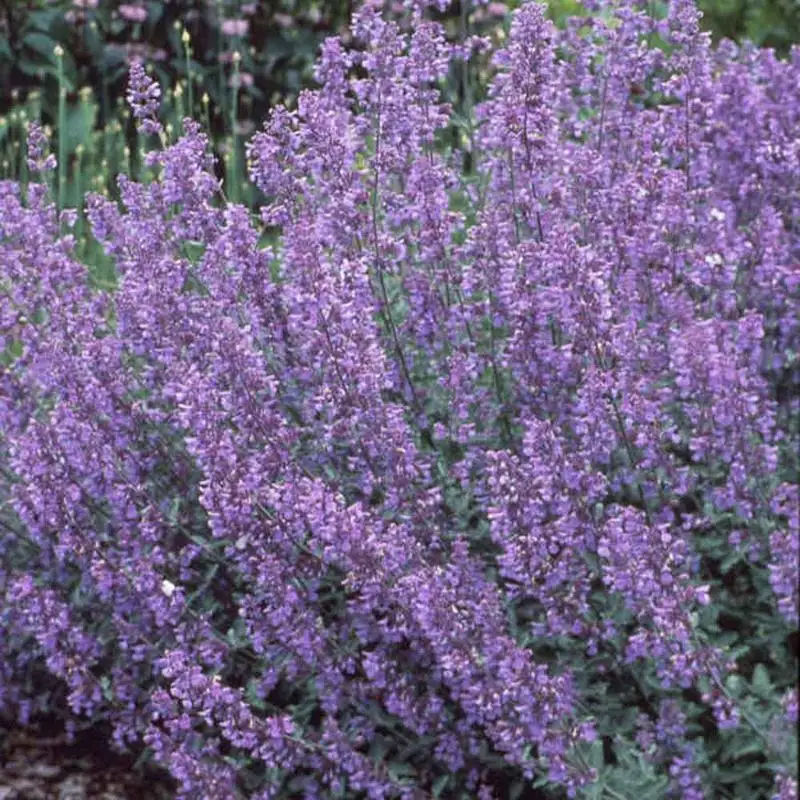
Nepeta, or catnip, is cherished for its charming lavender blooms and soothing scent. This herb is often ignored by deer, allowing it to thrive undisturbed.
Its ability to attract pollinators while repelling deer makes it a valuable addition to any garden. Furthermore, nepeta’s low maintenance requirements and adaptability enhance its appeal.
By planting nepeta, gardeners can enjoy a harmonious, deer-resistant landscape filled with both color and fragrance.
Ornamental Grasses
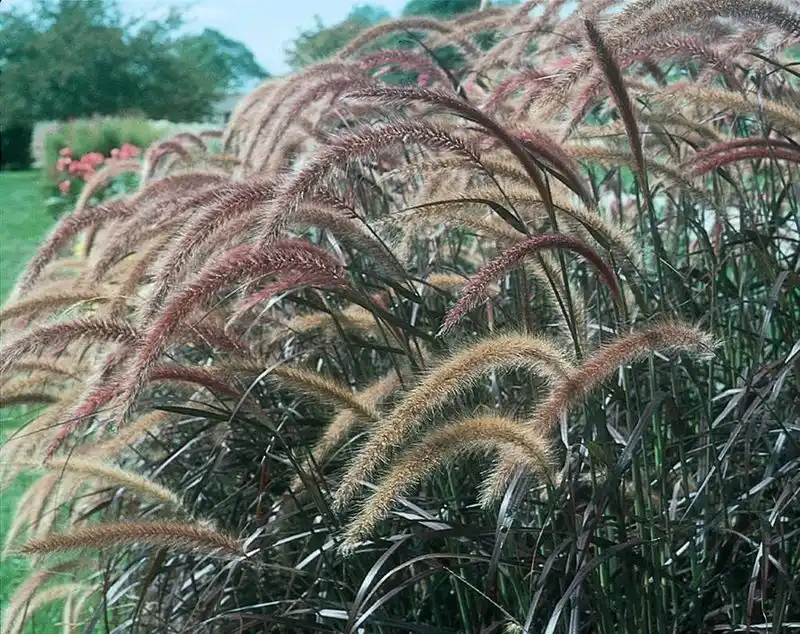
Ornamental grasses bring movement and texture to gardens, creating a dynamic landscape. Their coarse foliage is often unappealing to deer.
These grasses are adaptable to different soil types and climates, making them a versatile choice for gardeners. With minimal care, they provide year-round interest and resilience against deer.
Incorporating ornamental grasses into your garden can enhance its beauty and provide a reliable solution to deter deer.

